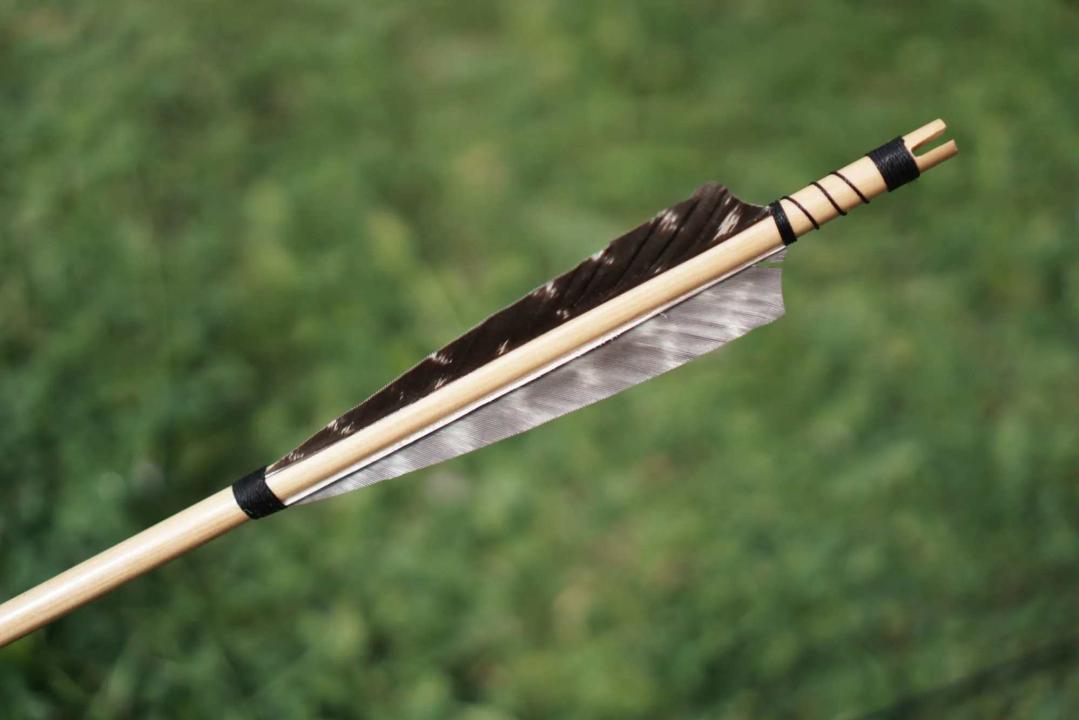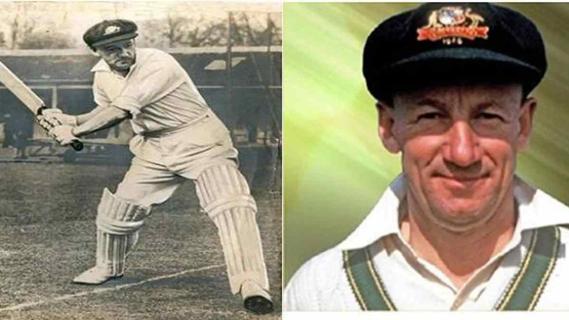Teer Khela, also known simply as Teer (meaning "arrow" in Bengali), is a traditional betting game based on archery. It is especially popular in Shillong, the capital city of Meghalaya, India. This game has deep roots in the local Khasi culture and is organized by the Khasi Hills Archery Sports Association. We provide the latest updates on Teer Results.
Origin and Cultural Significance
Teer Khela originated from the traditional archery practices of the Khasi tribe. Over the years, it evolved from a cultural pastime into a betting game that attracts participants from various regions.
How the Game is Played
Teer Khela is played daily, except on Sundays and public holidays, in a two-round format. During the first round, archers shoot a set number of arrows at a target within five minutes. The process is repeated in the second round. The total number of arrows that hit the target determines the winning number, which is identified by the last two digits of the total count.
The Process of Playing Teer Khela
Step 1: Understanding the Basics
Teer Khela combines archery with betting. Players place bets on numbers they believe will win based on the results of two archery rounds.
Step 2: Placing Bets
Visit a Teer Betting Counter: Go to a licensed Teer betting counter or agent.
Choose Your Numbers: Pick numbers between 00 and 99.
Place Your Bet: Inform the counter agent of your chosen numbers and the amount you want to wager. Pay accordingly.
Step 3: Understanding the Rounds
First Round (F/R): Occurs in the afternoon, where archers shoot a set number of arrows at the target for a five-minute duration.
Second Round (S/R): Takes place after a break, following the same process as the first round.
Step 4: Counting the Arrows
After each round, the total number of arrows hitting the target is counted. The last two digits of this total form the winning number for that round.
Step 5: Checking Results
Result Announcement: Results are announced shortly after each round and are displayed at betting counters and published online or in local newspapers.
Collecting Winnings: If your number matches the winning number, you can collect your winnings from the betting counter where you placed your bet.
Step 6: Legal Status and Responsible Betting
Ensure participation in Teer Khela is legal in your area. In Meghalaya, the game is regulated. Always bet responsibly and within your means to avoid potential addiction and financial problems.
Advantages and Disadvantages of Teer Khela
Advantages
Cultural Connection: Teer is deeply rooted in local traditions and connects people with their heritage.
Community Engagement: The game brings people together and creates excitement.
Simple Rules: Its straightforward nature makes it accessible to many.
Economic Benefits: It supports local businesses involved in organizing and selling tickets.
Disadvantages
Offline Only: The game is played only in person, with no online option.
Regulation Issues: Some areas may have problems with fairness and transparency.
Social Concerns: Betting can lead to addiction and other social issues.
Limited Appeal: Its popularity is mostly regional, limiting its broader cultural impact.
Shillong Teer Night Results
Shillong Teer includes evening draws where results are announced later in the day. Fans eagerly await these results to see if their predictions were correct and what prizes they might have won.
Shillong Teer Khela
Shillong Teer is a legal and traditional game held weekly from Monday to Saturday at Polo Ground in Shillong. Tickets are available daily from 6 am, except on local and national holidays. Results are announced daily on a result board.
Juwai Teer Khela
Juwai Teer, managed by Club Juwai, involves participants buying tickets and checking common numbers for the archery rounds. Winners are determined based on the number of arrows hitting the target in each round.
Khanapara Teer Khela
Khanapara Teer is held in East Khanapara of the RiBhoi district and is organized by the ThemMarwet club, consisting of 12 local archery clubs. In each round, 30 to 50 archers shoot between 300 and 1000 arrows. The final score is the last two digits of the total arrows that hit the target.











